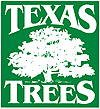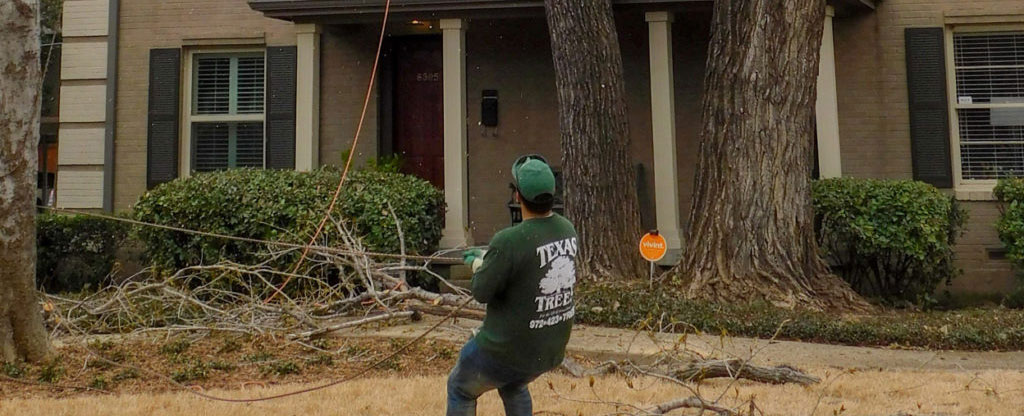Chipping or peeling bark, low-hanging branches, and deep trunk cavities can all be signs of a dead tree. If you’re searching for “tree removalists near me,” chances are, you have a dead tree on your property. How do you know when to remove dead trees on your property? Here are a few telltale signs you should consider contacting a dead tree removal service.
Damage Potential
A weak or dead tree can cause significant damage to your home or vehicle. Dead or dying trees are weak, which makes them less safe during storms. A big storm doesn’t need to directly hit the tree to cause significant damage. A single gust of wind could push the tree over or cause its branches to fall off.
Large branches can break off and damage your home’s roof, windows, and siding. Damaged or dead trees directly over your home, car, or near electrical wires should be evaluated and removed immediately. Dead tree removal is essential to prevent costly repairs, as just one large branch falling off could cost you thousands of dollars.
Safety Hazard
Dead trees don’t just pose a risk to your property but also to you, your family, and visitors. Trees that become a safety hazard should be removed regardless of their history or placement. A few safety hazards of dead trees may include hanging or loose branches or hollow tree centers.
The tree’s branches could break off and fall on someone. Expert arborists recommend removing a tree if 50% or more of the tree is dead or dying. If you’re unsure if a tree on your property is dead, it may be worth contacting a tree removal specialist.
Environmental Risk
A dead tree can also pose a risk to nearby trees and plants. The same pests or tree diseases that caused the tree to die off in the first place could eventually affect nearby trees. Cracks in the tree’s bark, discolored leaves, and crumbled wood can all be signs of a diseased tree. You can also identify diseased trees by looking for large holes, which may attract bugs and birds. Woodpeckers are also attracted to dead trees.
Texas is prone to leaf blight, oak wilt, powdery mildew, and anthracnose — all diseases that can put your trees at risk. Some Texas tree diseases are highly contagious, including oak wilt and anthracnose. Leaving these trees for too long can inhibit nearby trees’ growth or even cause them to die off.
Costly Upkeep
Dead trees can make it challenging to care for your yard properly. Branches will continue falling; they can then easily get caught in your lawn mower. Diseased trees can even impact your lawn’s ability to grow. Leaning trees may make it so you can’t use certain parts of your yard safely. Dead trees on your property could also potentially bring down your home’s curb appeal and even affect the value of your home.
Dead trees can be dangerous, cause damage, and put your other trees at risk. You need an expert when it comes time for your dead tree’s removal. Contact North Texas Trees today for a Dallas tree removal service you can trust. We’re ready to answer all your Dallas tree health and removal questions.

